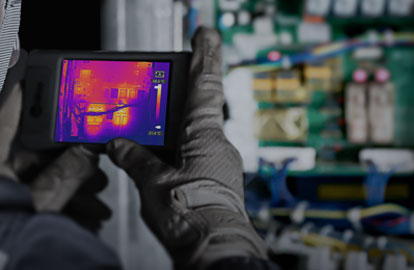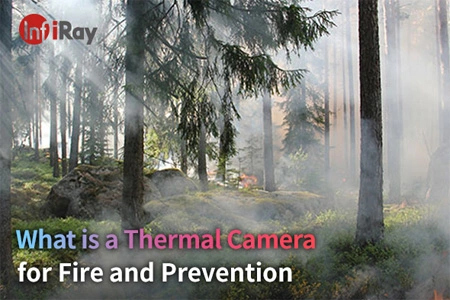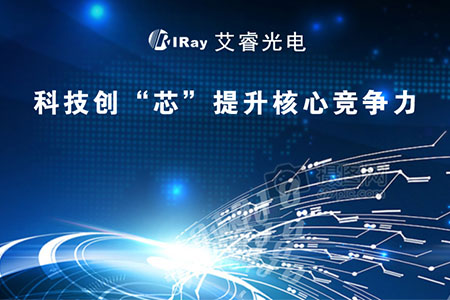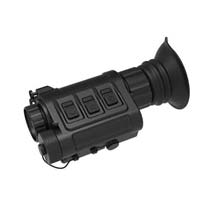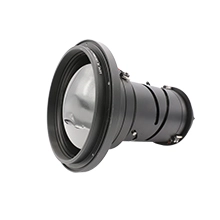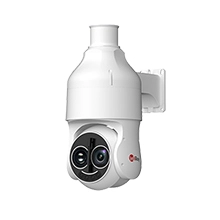Critical Infrastructure High Vantage Point Electro-Optical Surveillance Solution
In today's information age, with the continuous advancement of technology, thermal imaging technology is gaining increasing attention as an advanced high-point electro-optical surveillance solution for critical infrastructure.
Renowned for its exceptional capabilities in real-time monitoring and detection during nighttime and adverse conditions, thermal imaging products utilize the infrared heat radiation emitted by objects to generate high-resolution thermal images. They effectively detect and identify potential risks and threats, making thermal imaging technology play a crucial role in the security protection of critical infrastructure, such as power facilities, oil and gas pipelines, transportation hubs, and more.
Through real-time monitoring and precise alarm systems, thermal imaging products provide a reliable surveillance solution that helps detect issues promptly and take appropriate measures. From enhancing security and threat detection capabilities in challenging environments to proactive maintenance and improving operational efficiency, thermal imaging has proven to be a valuable tool for protecting critical assets and infrastructure.
The challenges
The demand for robust security measures in critical infrastructure, such as power plants, refineries, fishery administration, and transportation hubs, has never been stronger. In this field, numerous challenges persist, making comprehensive surveillance a daunting task. However, high-altitude electro-optical monitoring solutions centered around thermal imaging technology have emerged as powerful tools to address industry challenges.
• Monitoring and protecting vast areas:
One of the key challenges in ensuring the security of critical infrastructure is the need to monitor extensive areas. Power plants, refineries, and transportation hubs often span large territories, making it challenging to achieve comprehensive surveillance. Thermal imaging excels in this aspect by offering wide-area coverage and the ability to detect threats over long distances. Its long-range capabilities and wide field of view enable operators to effectively monitor extensive areas and identify potential risks promptly.
• Overcoming adverse weather conditions:
One of the challenges faced by critical infrastructure is exposure to various environmental conditions, including extreme weather events. Traditional surveillance systems may struggle to operate effectively during heavy rain, fog, or snow. However, thermal imaging technology remains unaffected by these adverse weather conditions. By detecting the heat signatures emitted by objects, thermal cameras can penetrate through obscuring elements and provide clear visibility regardless of the weather. This advantage ensures continuous monitoring and threat detection, enhancing the overall security of critical infrastructure.
• Early detection of equipment malfunctions:
Critical infrastructure heavily relies on complex machinery and equipment that are prone to malfunctions or failures. Early detection of equipment issues is crucial to prevent accidents, minimize downtime, and ensure uninterrupted operations. Thermal imaging technology can identify abnormal heat patterns, such as overheating components or electrical faults, enabling proactive maintenance and preventing potential system failures. By identifying these anomalies, thermal imaging facilitates predictive maintenance strategies, saving costs and optimizing operational efficiency.
• Intrusion detection in low-light environments:
Securing critical infrastructure often requires monitoring during nighttime or in areas with limited lighting. Thermal imaging excels in low-light environments by capturing heat signatures. Intruders attempting to breach secure perimeters can be detected even in complete darkness, enabling early intervention and preventing potential security breaches. The ability to detect individuals or objects based on their thermal emissions provides an added layer of security, even in the absence of visible light.
InfiRay critical infrastructure high vantage point electro-optical surveillance solution
InfiRay based on advanced self-research thermal imaging detection technology, fire point detection and intelligent identification algorithm, infrared panoramic technology, etc., to make up for the common monitoring means can not avoid the environmental object obstruction, the field of view is small, the weather and meteorological conditions of poor visibility shortcomings.
Solution highlights
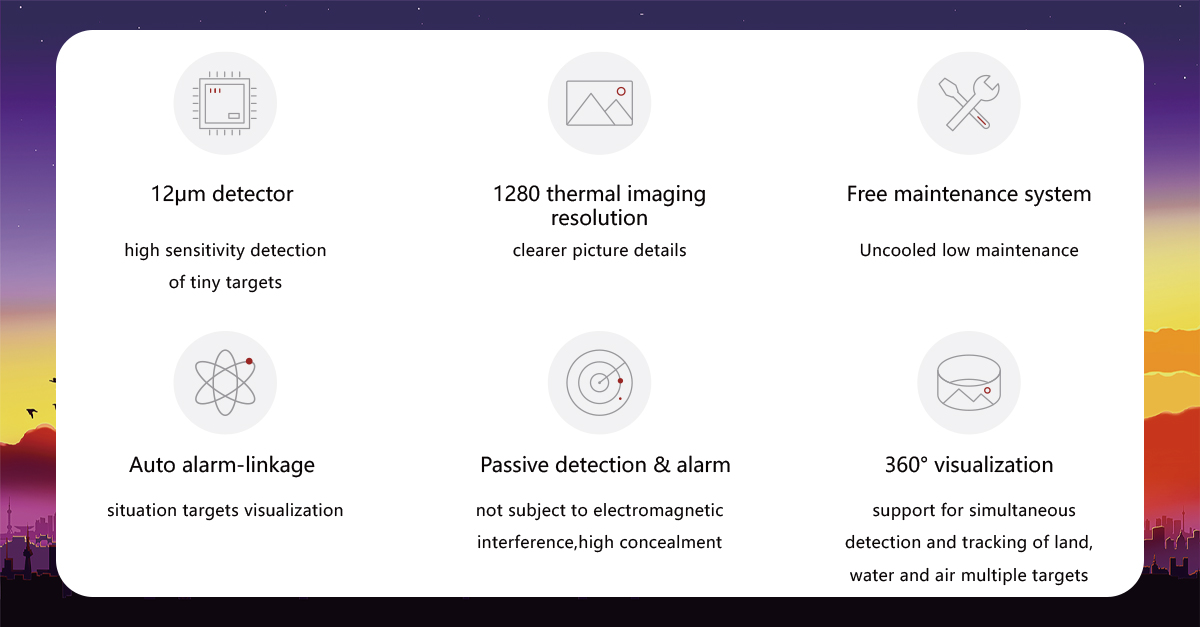
InfiRay critical infrastructure high vantage point electro-optical surveillance solution has the following significant advantages:
• 12μm detector: high sensitivity detection of tiny targets.
• 120 thermal imaging resolution: clearer picture details.
• Free maintenance system: uncooled low maintenance.
• Auto alarm-linkage: situation targets visualization.
• Passive detection & alarm: not subject to electromagnetic interference,high concealment.
• 360°visualization: support for simultaneous detection and tracking of land, water and air multiple targets.
Application scenarios
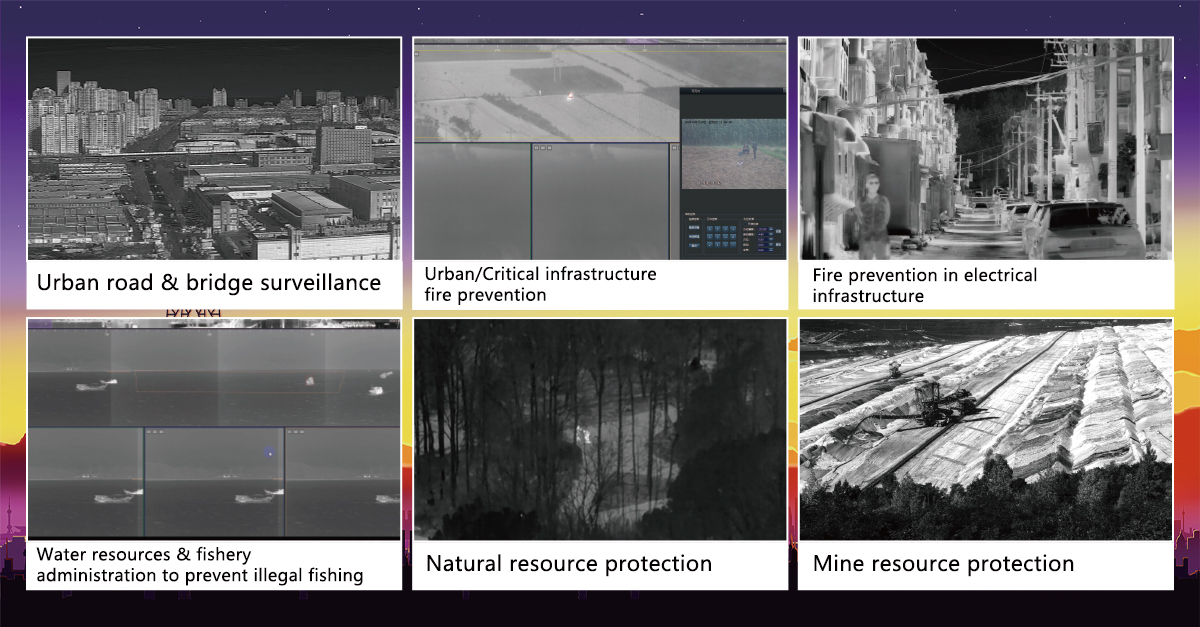
Recommendation
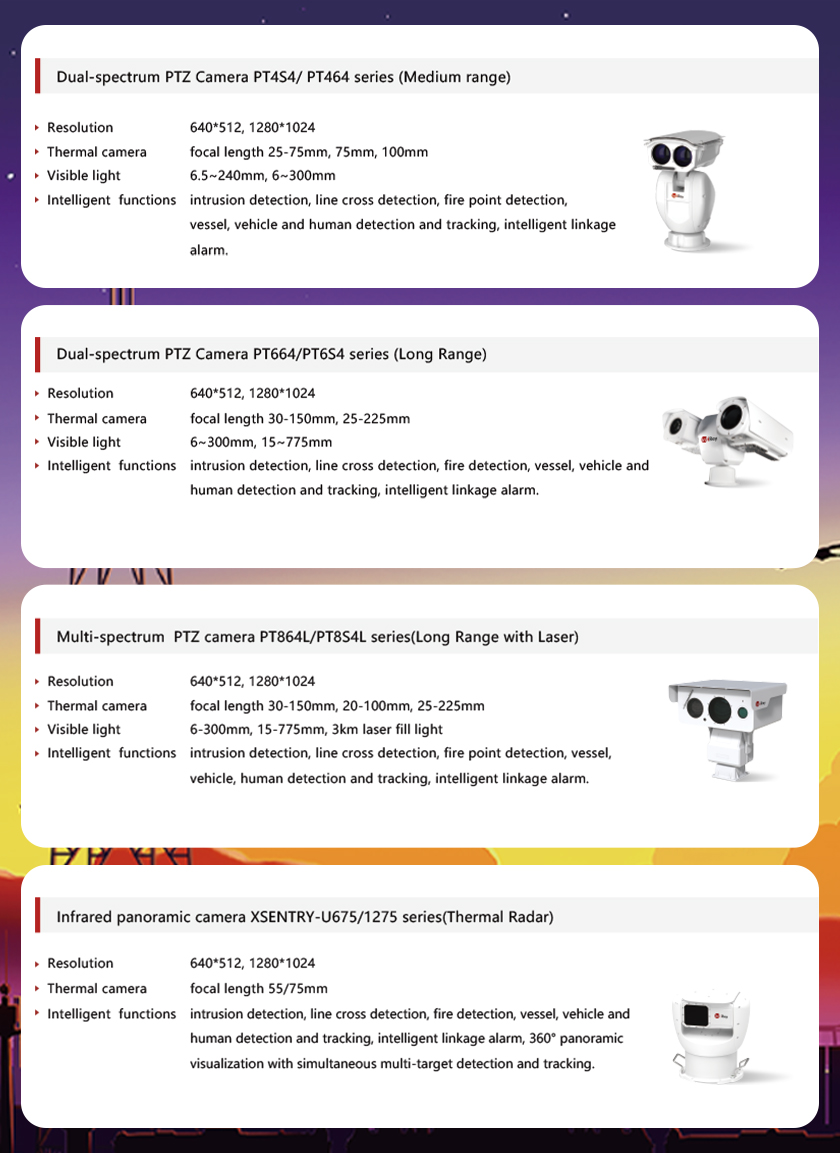
The above are some of the products involved in this program, click on the link to learn more!
https://www.infiray.com/products/thermal-security-camera-and-fire-scanner/

 français
français  Deutsch
Deutsch  Español
Español  italiano
italiano  русский
русский  português
português  العربية
العربية  日本語
日本語  한국어
한국어  magyar
magyar 





